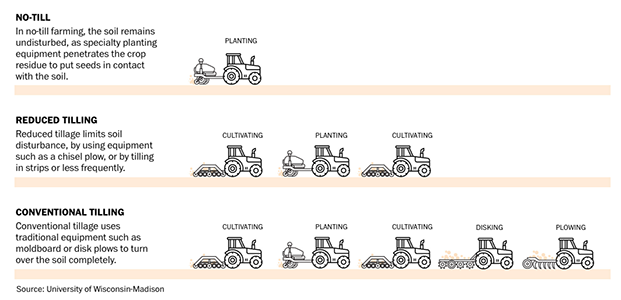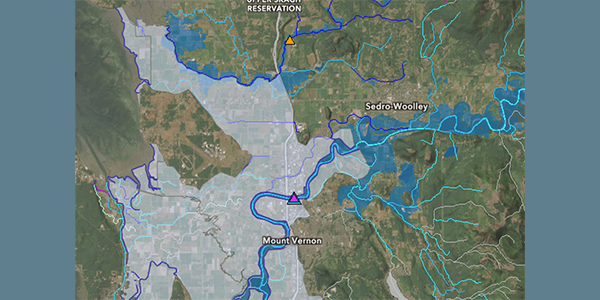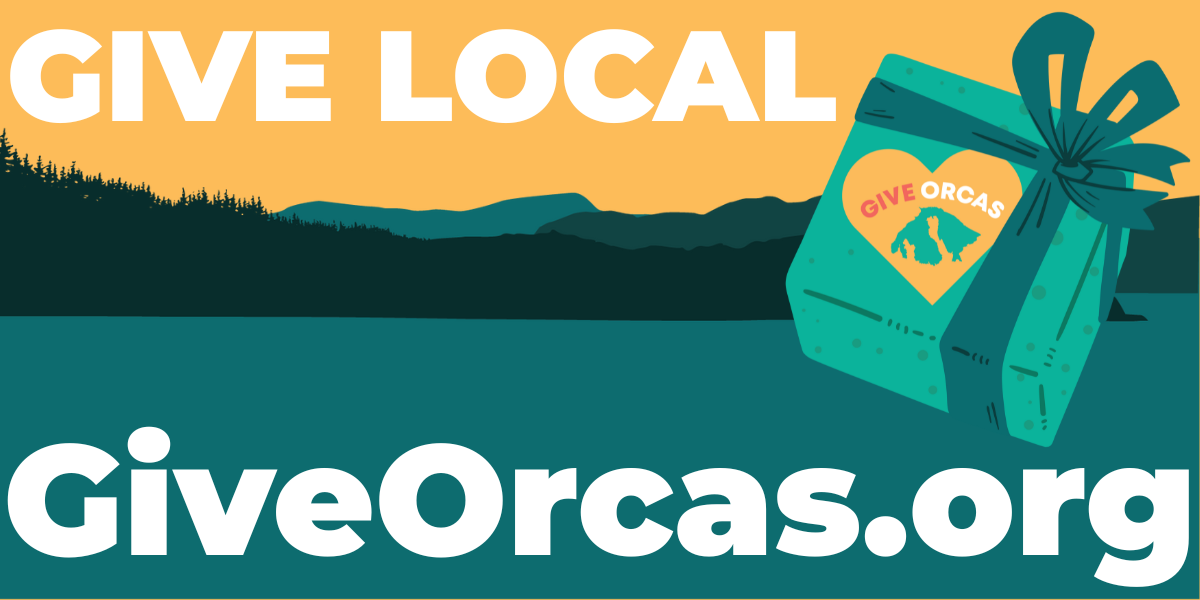No-till farming reduces need for fertilizers and pesticides, and promotes soil health and biodiversity.
||| FROM WASHINGTON POST |||
So it is nothing short of revolutionary that, in our time, the plow is heading toward extinction, or something close to it.
The demise of the plow and other tools that turn the soil is a rare good-news story in these depressing times for Planet Earth. Modern, mechanized tillage had become an ecological disaster, killing all that was alive in the soil while worsening erosion and runoff. But this is all changing, primarily because farmers recognize the economic benefits — less fertilizer and diesel fuel to buy, lower labor costs, higher crop yields and profits — that can come with no-till farming or reduced tillage. As a felicitous byproduct, the replacement of traditional tilling, particularly when combined with other “regenerative” agricultural practices, is restoring soil health to tens of millions of acres. Even accounting for the increased herbicide use that often comes with no-till farming, this is a boon to flora and fauna throughout the ecosystem.

The shift has been gradual, but sweeping over time. In 1973, 82.2 percent of U.S. cropland was managed by conventional tillage, according to the Agriculture Department, and only 2 percent was managed by “no-till” methods, with the remaining 15.8 percent using reduced tillage. Half a century later, only 27 percent of U.S. cropland uses conventional tillage, with 38 percent now using no-till and 35 percent using reduced tillage, according to the USDA’s 2022 agricultural census, released last year. The acreage under conventional tillage dropped by 8 percent between 2017 and 2022 alone.
Some of the regenerative practices involve newer technologies, such as drilling seeds into the soil to preserve the soil’s structure. Many other practices return to traditional farming methods that existed for centuries before chemical fertilizers and pesticides took over the industry in the second half of the 20th century: cover crops, crop rotation, hedgerows, mixed farming, rotational grazing and the like.
**If you are reading theOrcasonian for free, thank your fellow islanders. If you would like to support theOrcasonian CLICK HERE to set your modestly-priced, voluntary subscription. Otherwise, no worries; we’re happy to share with you.**









The steady adoption of no-till agriculture cheers me up wonderfully during these turbulent times.
Nothing is more effective than better crop yields plus lower costs at getting farmers to consider adopting new practices.
Thank-you for republishing this, Lin!
It shows that working with Nature is better for both People and the natural world.
For an excellent eye opening read on the consequences of soil erosion I highly recommend the book by David Montgomery ‘Dirt: The Erosion of Civilizations.’
In the midwest of the United States we have lost half our topsoil in the last 50 years. Annually, in the world we lose 24 billion tons of topsoil. I have heard it said, that for every teaspoon of food you eat you can figure three teaspoons of topsoil lost to erosion. Crazy.
In light of the Lions’ annual Easter egg hunt, I leave this suggestion:
Have the hunt, but give the hunters the chance, upon presentation, to exchange each decorated hard boiled egg for two raw eggs. Lucky hunters could get a wonderful breakfast treat, cooked the way they like them, and the Lions could end up with cleaner hands (no dye).